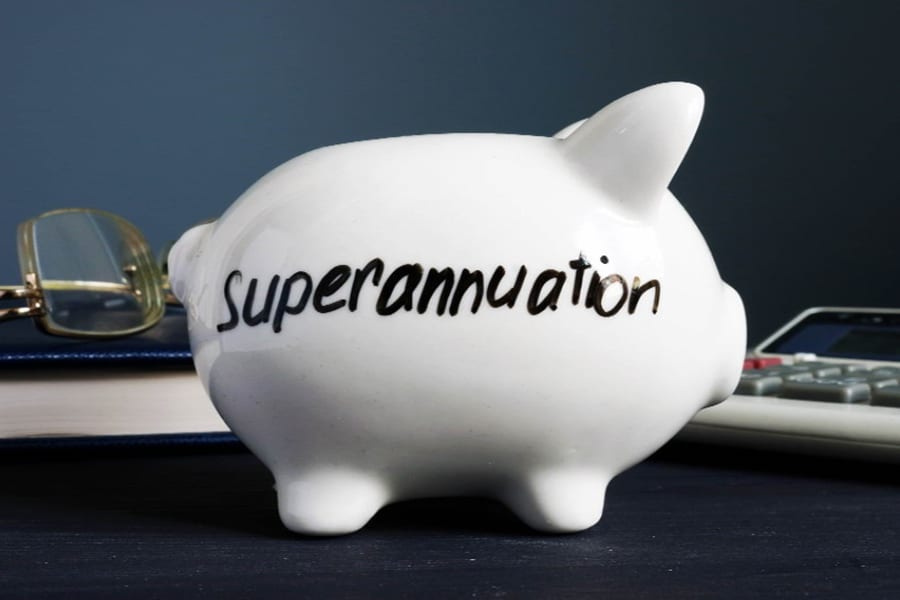Do you know what you are invested in?
If you feel confused when it comes to superannuation statements, you’re not alone. All of that financial jargon can be overwhelming!
When your super statement arrives, either via post or email, do you:
- Read it?
- Skim over it and file it away – never to be seen again? OR
- Instantly discard it?
Today, I want to educate you on these statements – including the key contents and how to read it. For some people, you might be reading it for the first time. And that’s okay! Now is a good time to start.
Read on to gain a better understanding of your superannuation statement.
What’s your super balance?
The balance on your super statement highlights the net value of your superannuation fund over a particular period.
In other words, it shows how much you’re entitled to if you were to leave your fund at the closing date.
It’s split into 3 sections:
- Preserved – Money you can’t access until you’ve met a condition of release, like your preservation age (somewhere between 55 and 60 depending on your birth year), experienced total permanent disability (TPD), or undergoing financial hardship.
- Restricted non-preserved – This only applies if contributions were made to your super prior to 1 July 1999. If relevant, this portion of your super can be cashed out when you leave your employer or meet another condition of release.
- Unrestricted non-preserved – Amounts you can withdraw at any time – without meeting a condition of release. In most cases, this is related to after-tax contributions you’ve made.
Your last contribution
You can use your statement to double check your employer has made the contributions listed on your payslip.
Look for your Superannuation Guarantee (SG), which is at least 10.5% of your salary and wages, plus any other contributions you’ve made.
If you’ve made personal deductible contributions, ensure these are correctly acknowledged in your statement and they appear in the right category. Your future self will thank you!
Note: changes have been made to superannuation legislation since the posting of this blog. Check out updates here.
Super Fees
Sounds like a superhero, doesn’t it?
The fees section indicates how much your fund is charging. This may include:
- Administration fees
- Investment fees
- Insurance fees
From 1 July 2019, investment and administration fees on accounts of less than $6,000 are limited to 3% per year. Exit fees have been banned.
It’s important to be across your investment and administration fees as they can have an impact on your returns. So if you have multiple super accounts, you might wish to seek professional advice to get them sorted.
Keep an eye on your caps
Contribution caps refer to the limits on super contributions you can make to your fund each year. There are two types of contributions:
- Concessional (before-tax) – Taxed at 15%.
- Non-concessional (after-tax) – Not taxed.
Read more about these contributions in our previous blog on What is superannuation?.
What insurances do you have and what are you covered for?
In most cases, your super fund debits costs for insurance cover. The insurance can include:
- Life insurance
- Total and Permanent Disability (TPD) and
- Income protection cover
There’s usually a default insurance option, take a look at this section on your super statement. Contact your super provider if you want to lower or increase your level of cover based on your personal circumstances.
Investment options
This part of your statement highlights where you’ve invested your money and how those investments are tracking.
Most funds offer a range of investment options. Without your input, you’ll be placed in a default fund based on certain criteria, like your age.
These investment options include:
- Balanced – Typically 70% in shares or property, and 30% in fixed interest and cash. There’s also a moderate option with an even 50/50 split between these assets. Typically divided between stocks and bonds, and seek both preservation of capital and growth.
- Growth – Typically 85% in shares or property, and 15% in fixed interest or cash. You can also opt for 100% to go into shares or property.
- Conservative – Typically 30% in shares and property, and 70% in fixed interest or cash.
- Cash– 100% in deposits with Australian banks or in a ‘capital guaranteed’ life insurance policy.
- Ethical– Screens out investments in companies that don’t meet certain environmental, social, or governance standards.
For more information about your investment options, check out this article by MoneySmart.
Beneficiaries
In the case of your death, have you nominated any beneficiaries for your super? Yes, it’s a bit morbid, but it’s important to check if loved ones are listed in your statement.
If yes, they’ll be listed in your statement. This includes your partner/spouse (in a same or intersex relationship), children, and financial dependants.
In summary
Hopefully, you’ve now got a better grasp on superannuation statements – and know what to look out for. See – it’s not that scary!
If you need further assistance in this area, feel free to reach out to a financial advisor at Creo Wealth. We’ll help you set up your superannuation contributions to ensure you’re building a secure future.
This blog is part of the Creo Wealth Superannuation 4 Part Series.
Stay tuned for the next blog on ‘Insurances – in and out of superannuation.’
Read the previous blog on What is superannuation?.
Important Information: This information is of a general nature only and has been prepared without taking into account your particular financial needs, circumstances and objectives. While every effort has been made to ensure the accuracy of the information, it is not guaranteed. You should obtain professional advice before acting on the information contained in this publication.

